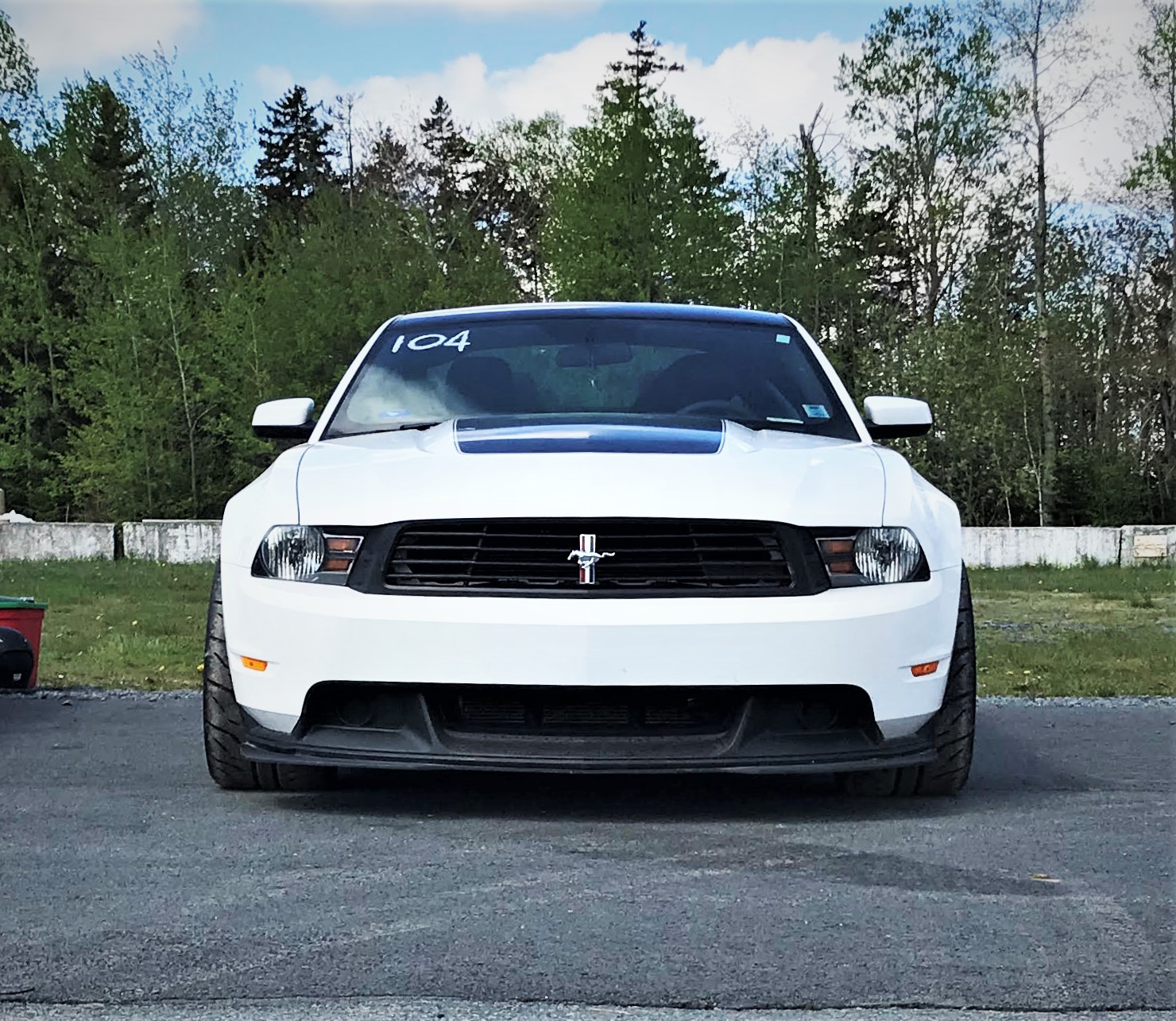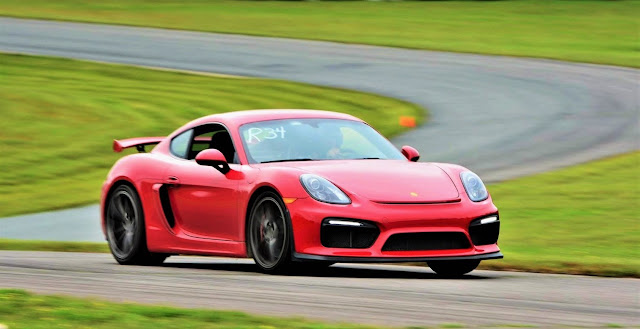2015 Mustang Shelby GT350R Interior with 6-speed manual I posted about the new Shelby GT500 on here, DriveTribe, my Facebook, and my Instagram (you can read about all the tech and capabilities that Ford stuffed into the GT500 in my GT500 reveal post here ). Perhaps the biggest surprise (and only disappointment) was that the car wouldn't be offered with a manual. Instead, it would come with a 7-speed dual-clutch auto made by Tremec. If there is one common theme across all platforms where I posted, though, it's that people want a manual and it looks like Ford is going to be listening very closely. Prior to the reveal, I predicted that this was going to be the first GT500 to offer an automatic, but I figured it would be the 10-speed automatic available on the Mustang GT and I never expected Ford to drop the manual as an option. According to a report by Road & Track , the reason why Ford went for this transmission instead of the torque-converter automatic w
Last year, I picked up a 2009 Lancer Ralliart to do a long term test with it as a dual duty track/daily. One of the first things I knew I was going to do was put a decent set of tires on it. The car came without OEM wheels which was actually good because I didn't have to hesitate about getting a good set of aftermarket wheels to support going wider. Thankfully, my friends at YST Auto Halifax set me up with a great set of Superspeed RF03RR wheels. The Wheels I had never even heard of Superspeed but I trusted the good folk at YST Auto who mentioned some customer cars running on track with them. These wheels are rotary forged which is basically a prerequisite to be taken seriously in this market populated by companies like TSW and Fast Wheels. The wheels looked like a high quality, well finished wheel and each had a "QC" check sticker on. Just for appearances? Maybe, but I found no defects. The wheels seemed easy to balance (didn't need many weights) and at 18.1 lb. f










